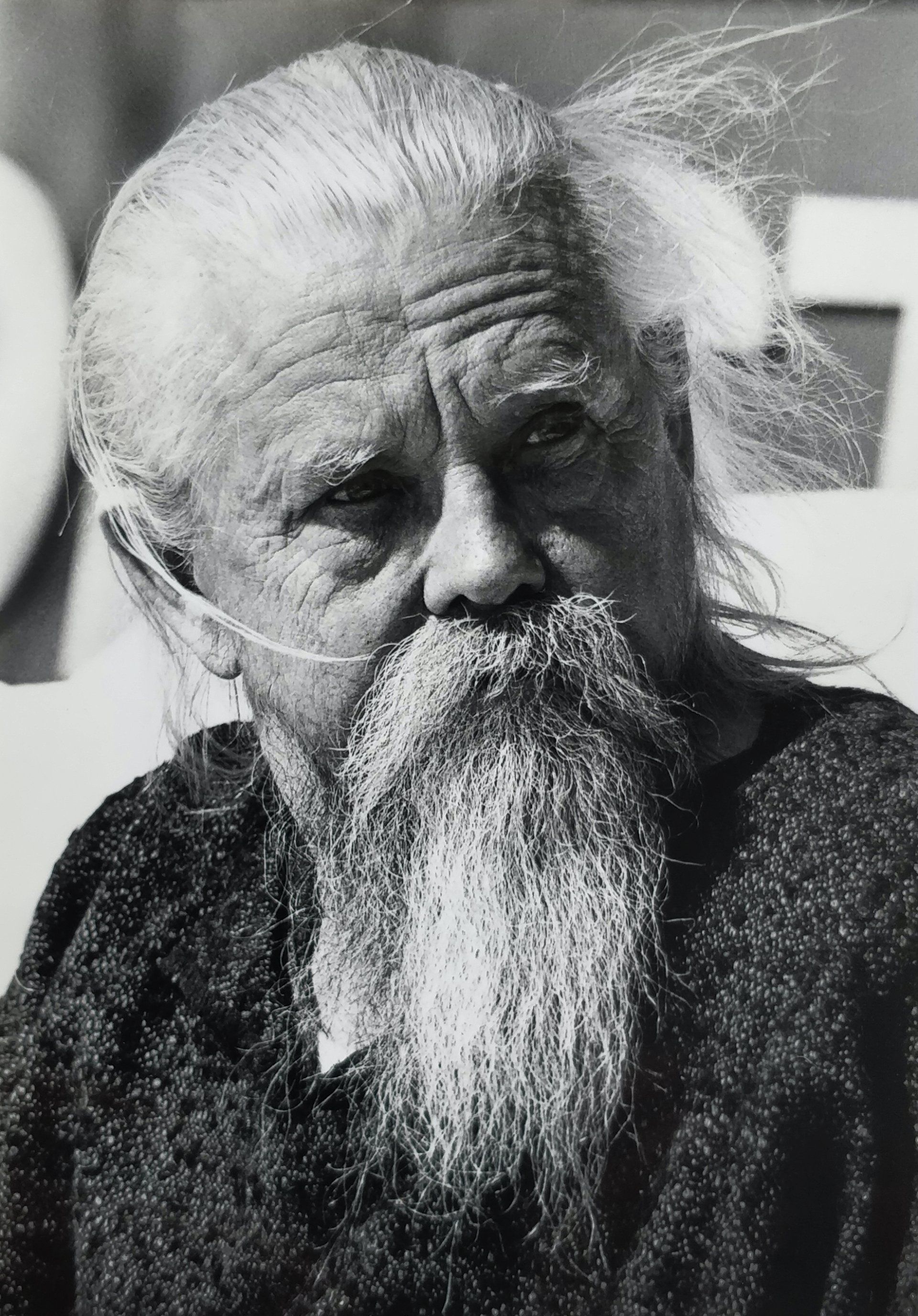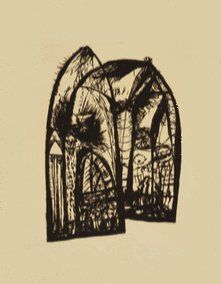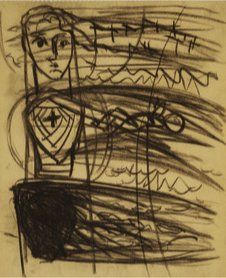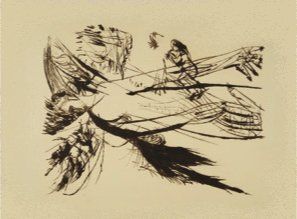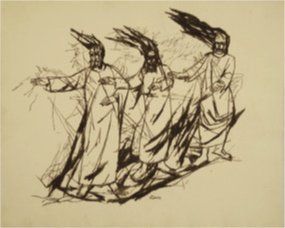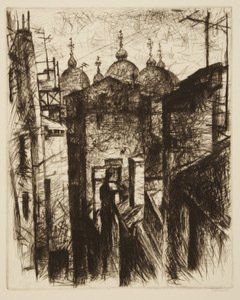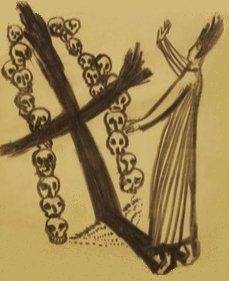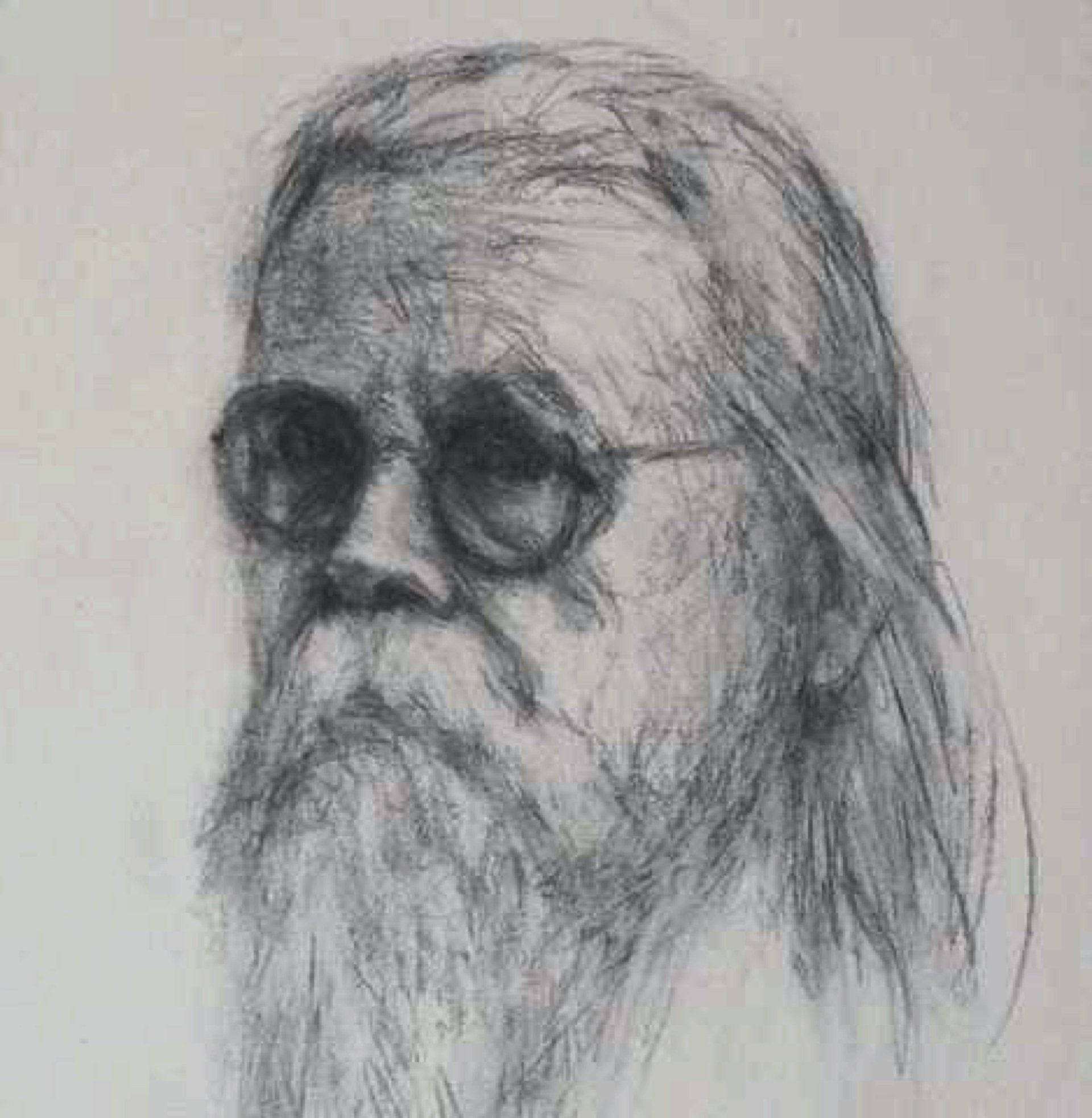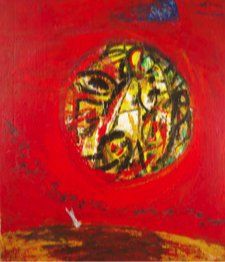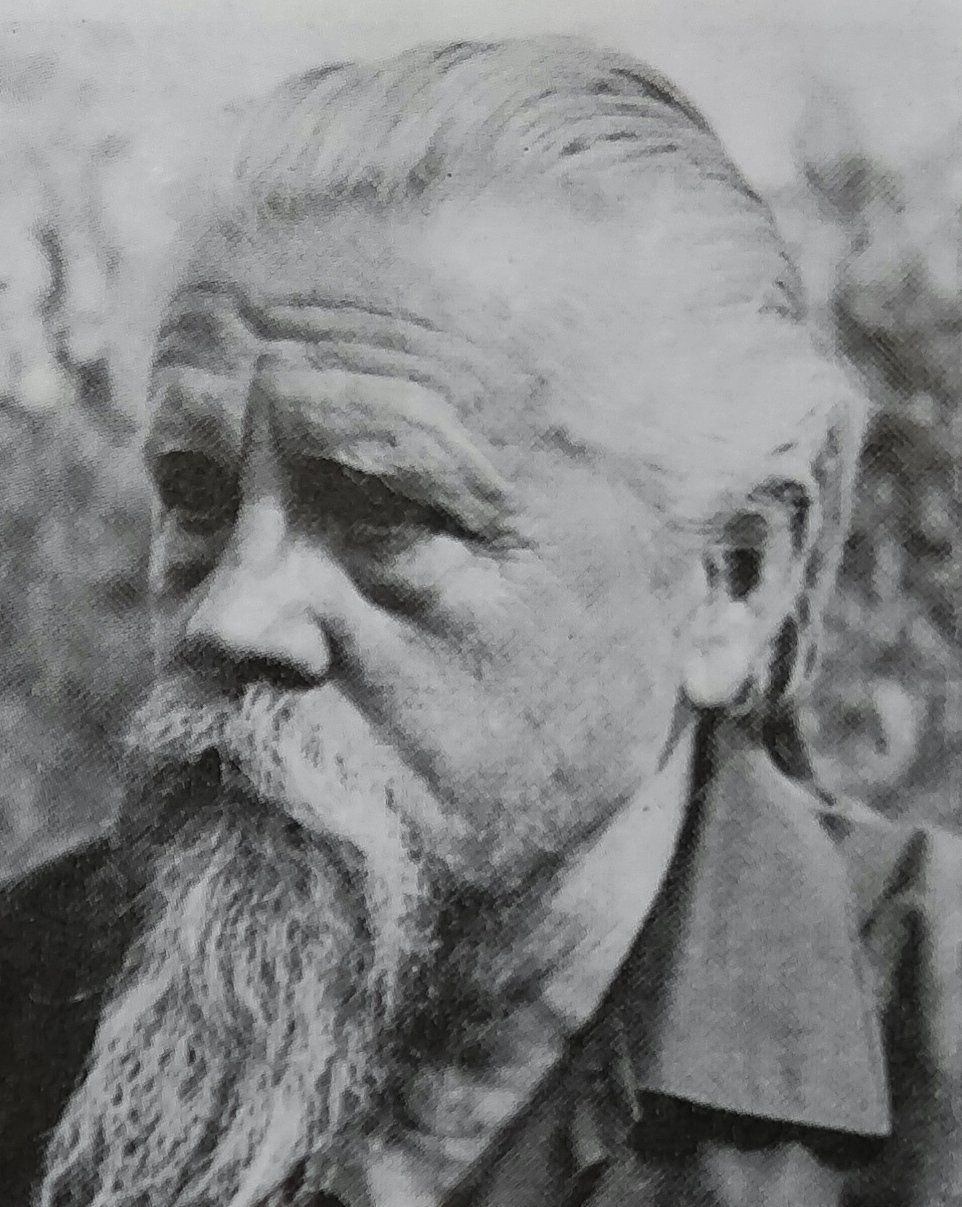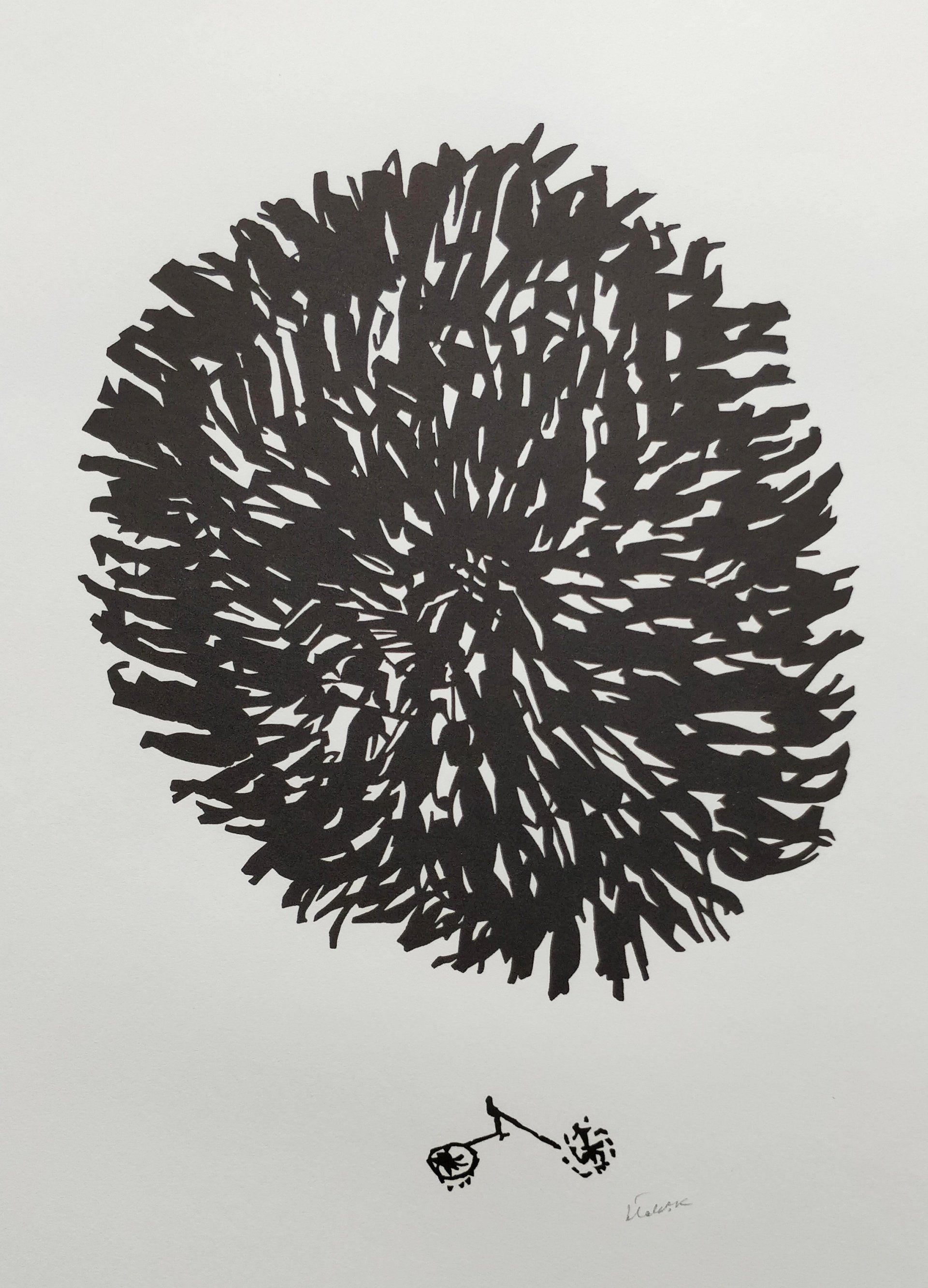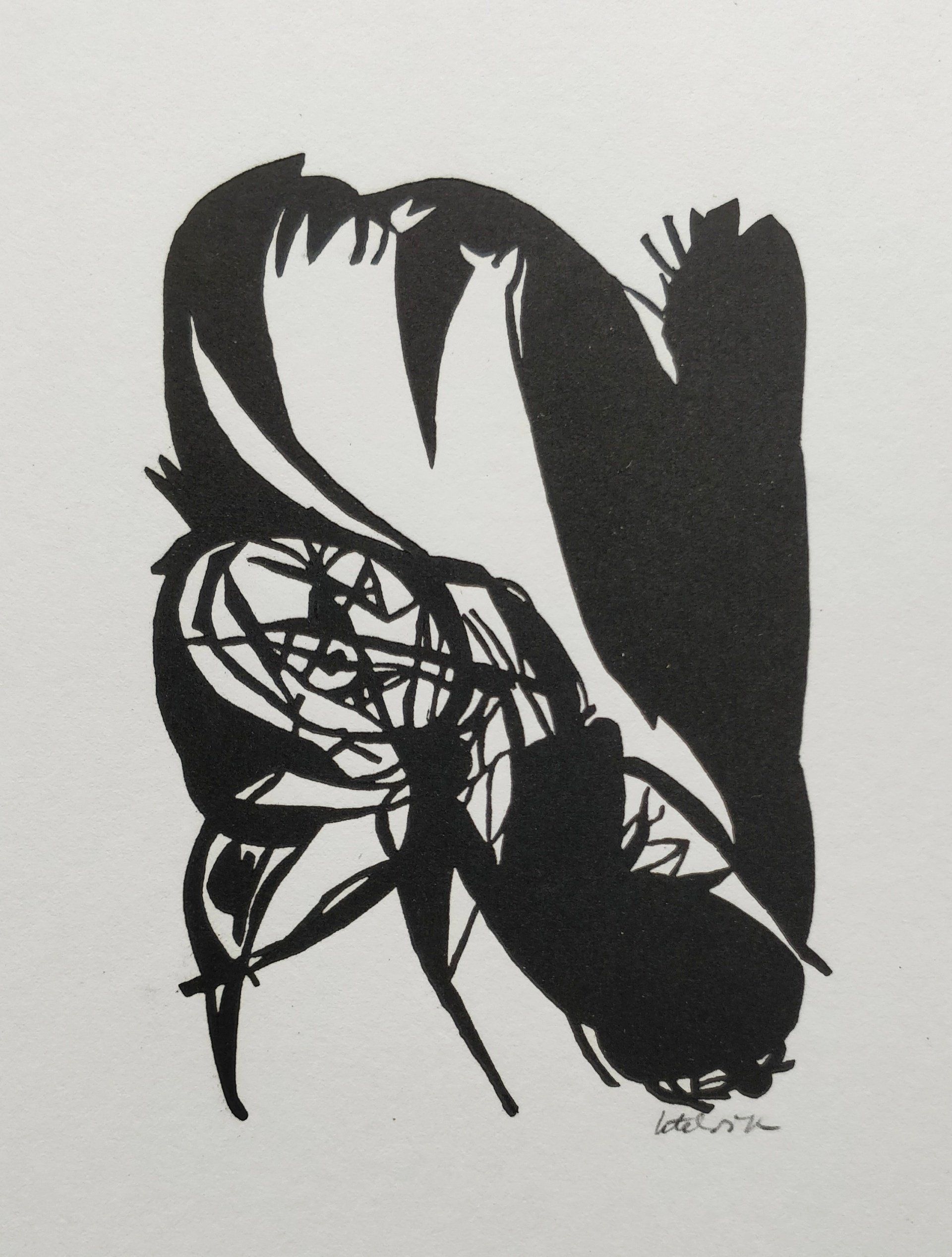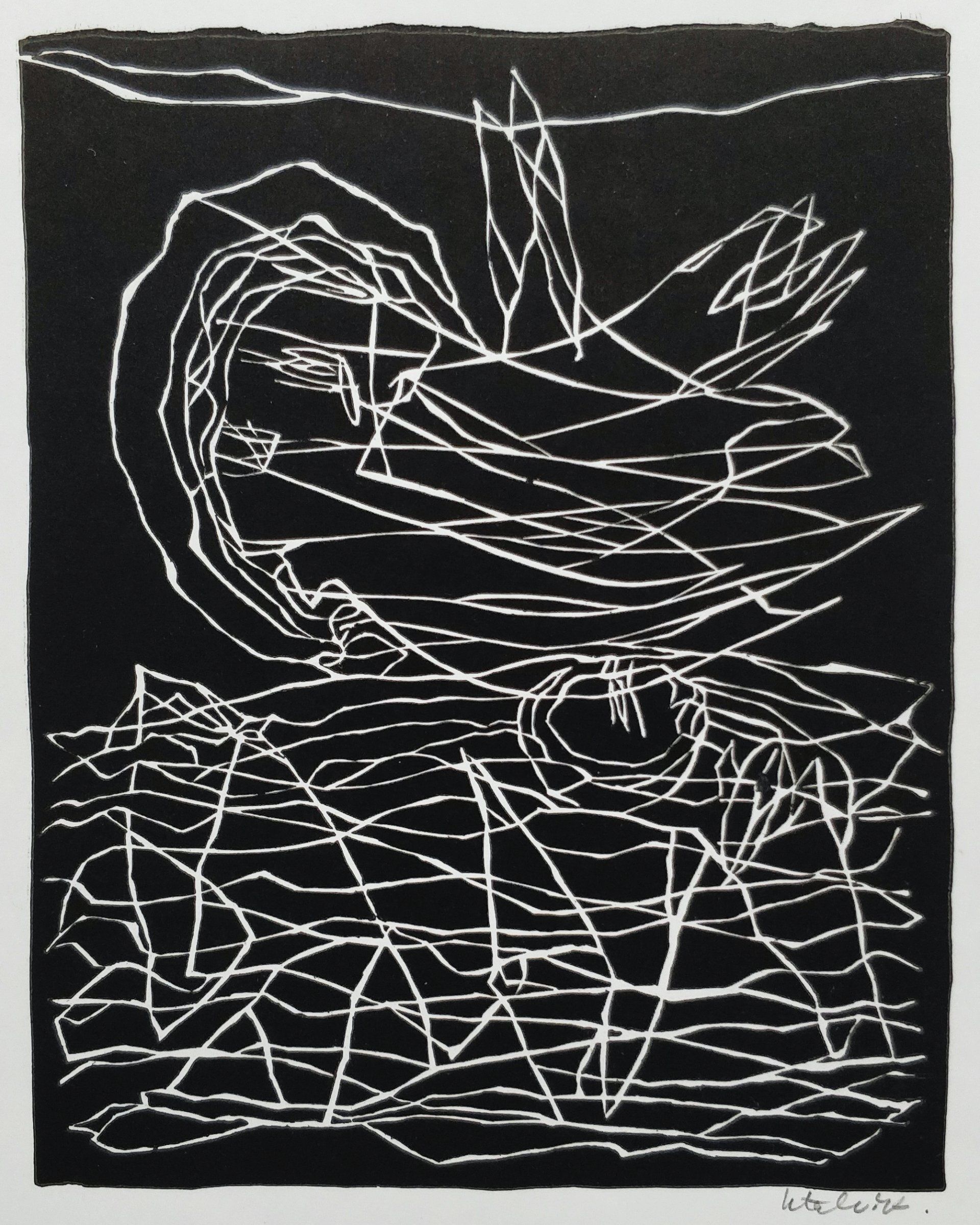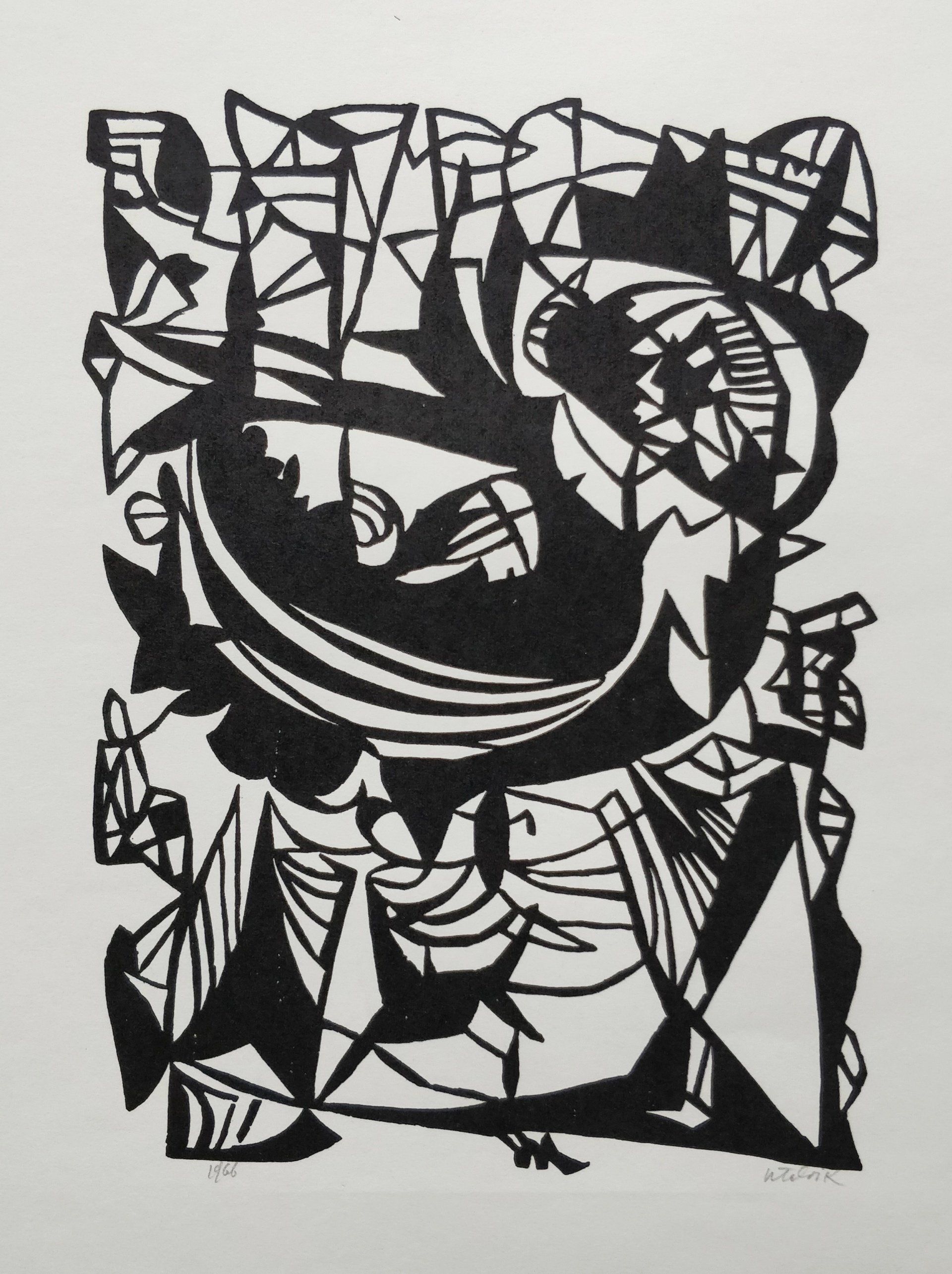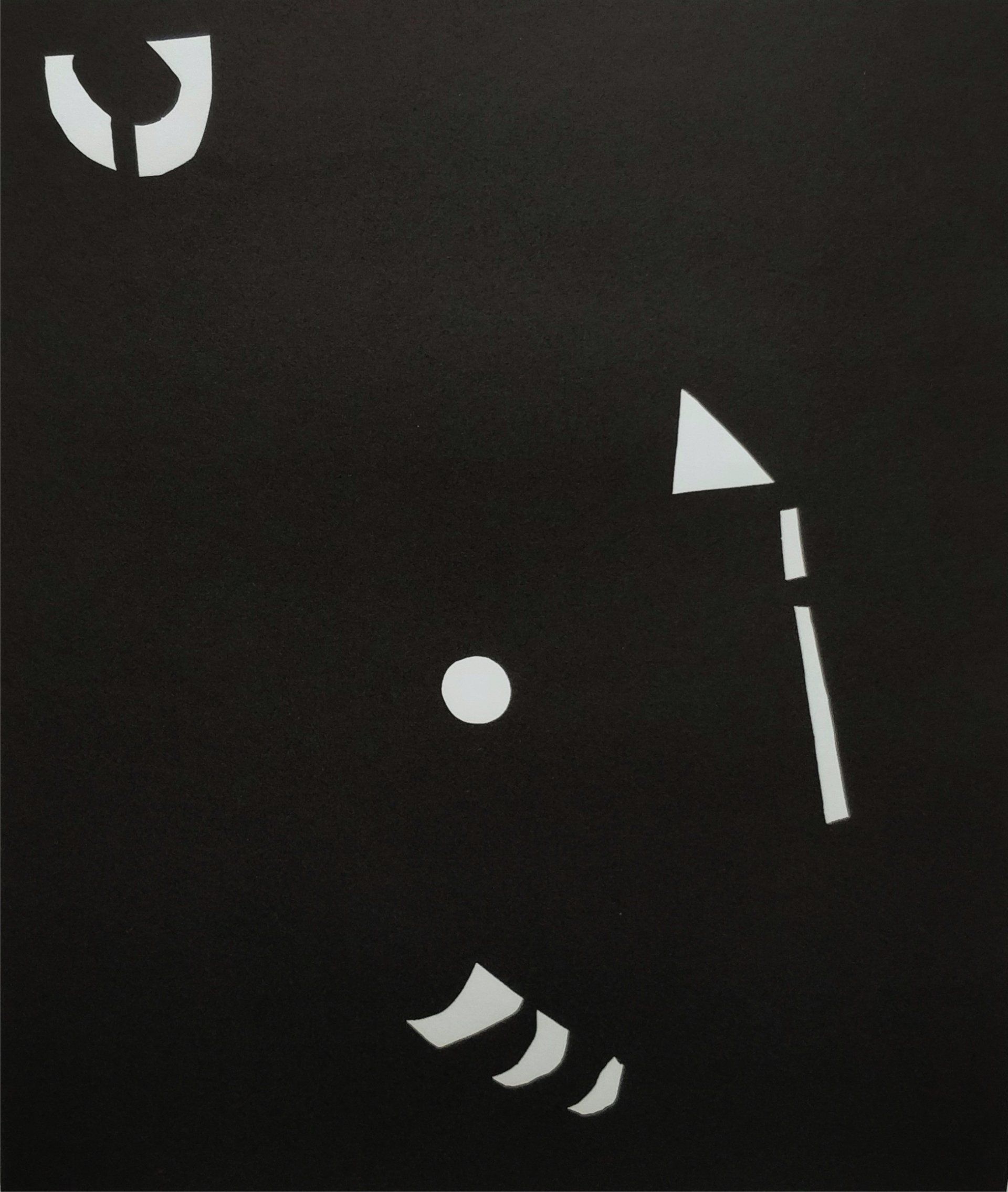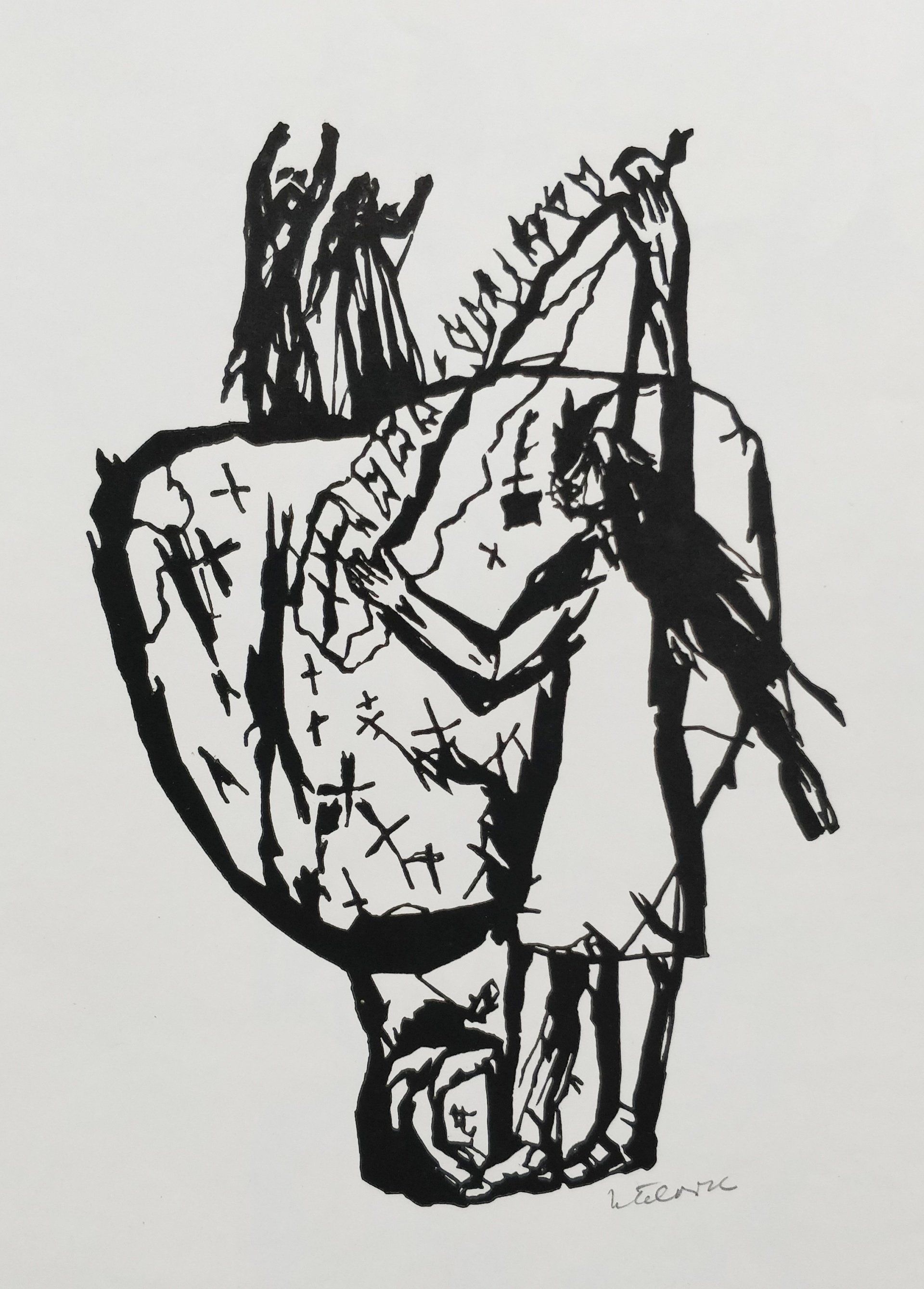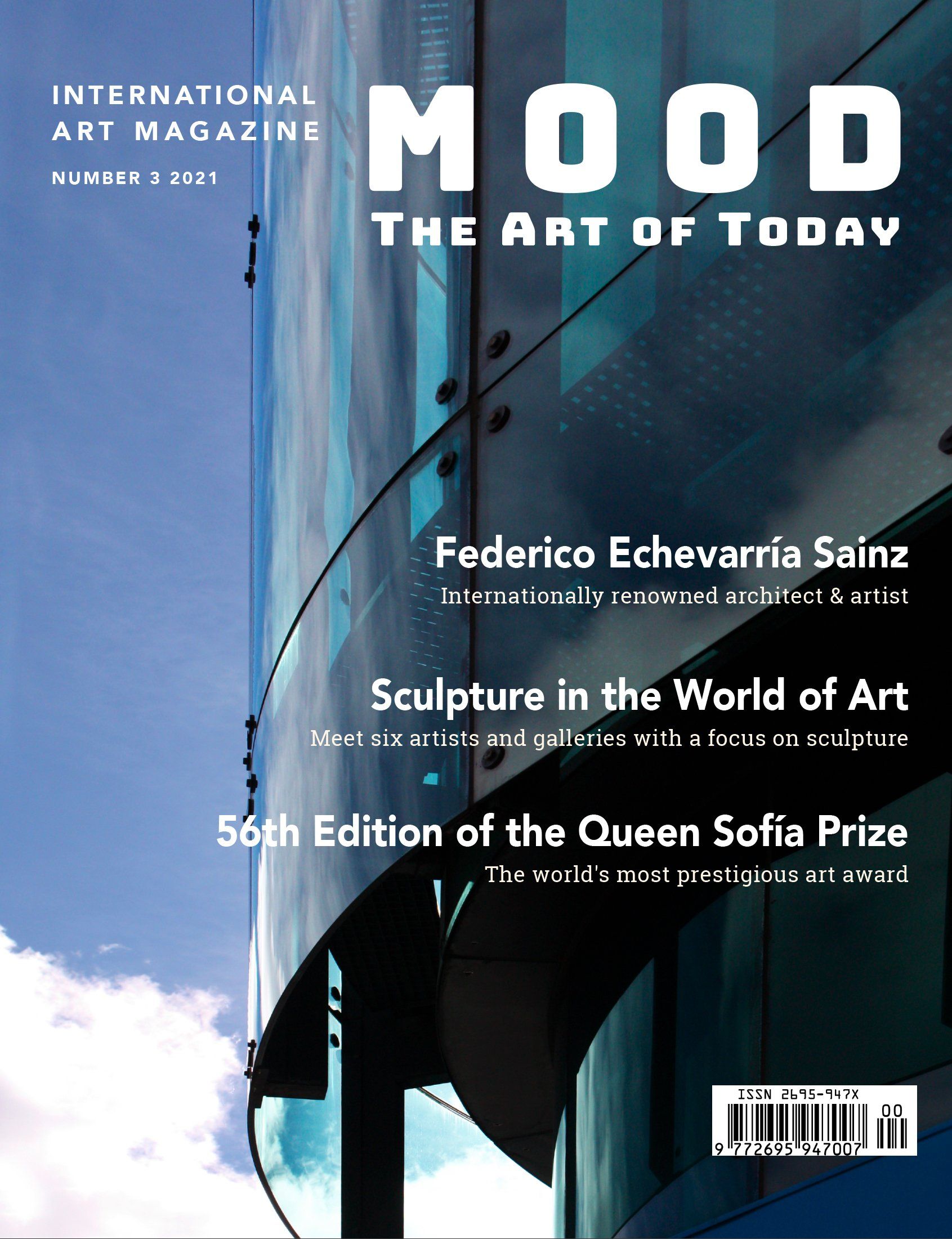HERMANN TALVIK
Always between us...
(1906-1984)
Hermann Talvik was born in Tallinn on May 31st 1906. He died in Stockholm on January 11th 1984. 1919-1926 he studied at the State School of Applied Art in Tallinn, specializing in bookbinding. Between 1928-1934 he studied painting and graphic at the School
of the Finnish Art Society in Helsinki.
During the following years he continued developing under the guidance of various teachers in Helsinki. Then study tours took him to Sweden, Germany, Netherlands, Belgium and France where he worked and studied at local open academies. In 1936 he also studied art history at the École du Louvre.
In 1944 Hermann Talvik moved to Sweden. His artistry consisted of delicate landscapes, as well as expressionist compositions. Known for his great technical skills in painting and in different graphic techniques, he conveyed his experiences, often of a spiritual character with a unique expression.
His proficiency in drawing, also, was masterful. The National museum of Fine Arts in Sweden acquired a total
of ten prints.
In Sweden he is also represented in museums in Malmö, Örebro, Gothemburg, Karlstad among others. His art is at display in Viinistu Museum, Tartu Art Museum and a big collection in Art museum of Estonia and New York Public Library.
Hermann Talvik
A contemporary painter and visual artist. His expressionist-style woodcuts and monotypes border on abstraction achieved significant fame. His work has been acquired by private collectors and museums alike, and has been shown around the world.
Biography
Born in Estonia in 1906, Hermann Talvik was trained as a professional painter. At the age of 20, he studied bookbinding at the Tallinn State School of Art and Design in Estonia.
After that he attended painting classes in Helsinki at the Ateneum School of the Art Association of Finland. He then supplemented his training during his travels in different European cities. For example, he studied Art History in Paris and other major schools.
During this period, he took part in various collective exhibitions of Estonian art and, although he was young, obtained an important recognition from influential personalities in the artistic world. These people spread Hermann Talvik’s work, and his works were quickly bought. After World War II broke out, Talvik returned to his hometown and began working in Tallinn Royal School as an art teacher.
He was later forced to flee to Sweden as a refugee in 1944 and would eventually become a Swedish citizen. In Sweden he worked as a solo artist and began showing his works alone.
In these early years in Sweden, Hermann Talvik achieved the highest level of success and notoriety. His works were shown in the SDS room in Malmö, at the National Museum in Stockholm and in various exhibitions of Estonian art.
He also took part in various international exhibitions in countries such as Finland, Canada, Australia and the United States. And it should be noted that in 1963 he received the Culture Award by the Association of Estonians in Sweden.
Hermann Talvik’s works are now on display at the Tallinn Museum of Art, the Malmö Museum, the National Museum in Stockholm, the Karlstad and Örebro museums, and museums in Tartu and New York.
Artistic style
Talvik is known for his landscape paintings and drawings in which he employs various graphic techniques, such as woodcuts, linograving, lithographs, etchings etc.
Since his early years as a painter in Estonia, Hermann Talvik excelled at being genuine and emotional, a peculiar painter who managed to draw attention to the country’s artistic environment at the time. His popularity increased after his exile to Sweden, where he experienced a stage of great creative activity and prosperity.
His painting studies in Finland and contact with Finnish art –much richer in religiosity and mysticism than Estonian art – significantly influenced Talvik and the later development of his painting, which became more personal. This put a hallmark on Talvik’s art that remains to this day.
As a result of this influence, his works become more expressive, with a predominance of powerful blue, red and yellow tones and religious and mystical motifs beginning to appear. It is at this moment that the authentic personality of the painter becomes known, developing a more symbolic and powerful visual language. From this period, we can see many bloodthirsty charcoal drawings focused on mystical and religious themes.
One of the most recurring motifs in his work is the landscape of the mountains of Härjedalen, the views from the village of Funäsdalen, where he had his studio.
This was the painter’s favourite place in Sweden, and this is reflected in his works, where the Nordic landscape (beautiful and rough at the same time) appears repeatedly.
How did Talvik see his own work? Hermann defined his concept of art and creative process to Endel Köks in an interview 1956: ‘I’m burning, I’m on my knees in front of the paper, my eyes are closed, with one hand I’m looking for a way to the line, the other strip, because what I see is so delicate, so fragile, I can barely draw the lines and they’re gone.’
Thus, we know that Talvik understood his art as an almost physical process and necessary for his own life as much as eating and sleeping.
This need to put his own skin on his art makes him, throughout his life, a real artist, recognized by critics, fellow artists and the public.
Swedish critics always looked very positively at the artist’s work, treating him in publications with respect, admiration and understanding. This led to Talvik gaining significant recognition in life, which led him to show his work around the world.
Without a doubt, Talvik is one of those artists whose name is less well-known to the public, but which is still a well-regarded reference among those passionate about the art world.
Hermann Talvik is a name that will pass – which has already happened – in to the story of notable talent capable of visually embossing life in his works of art.
His art keeps him alive among us…

